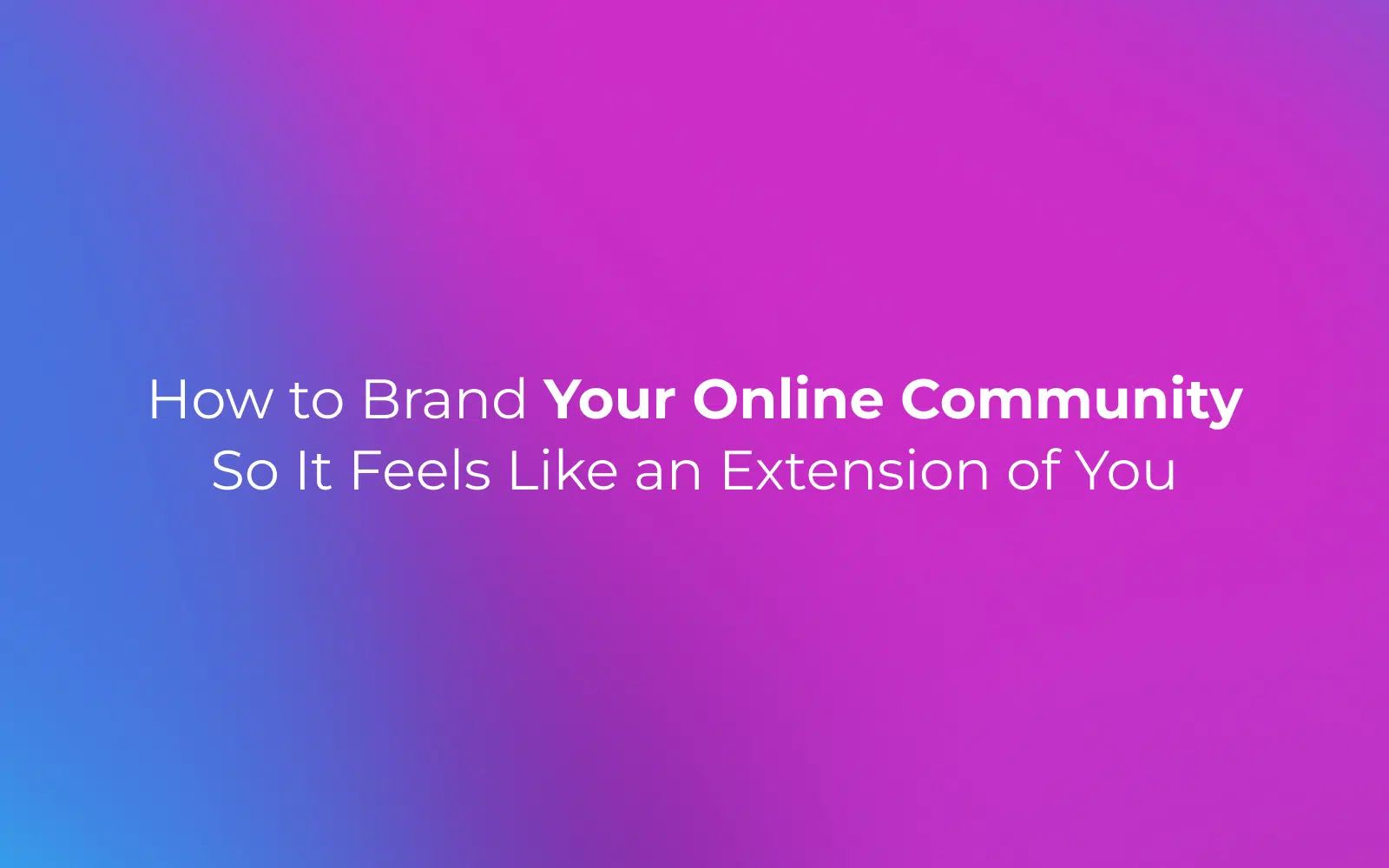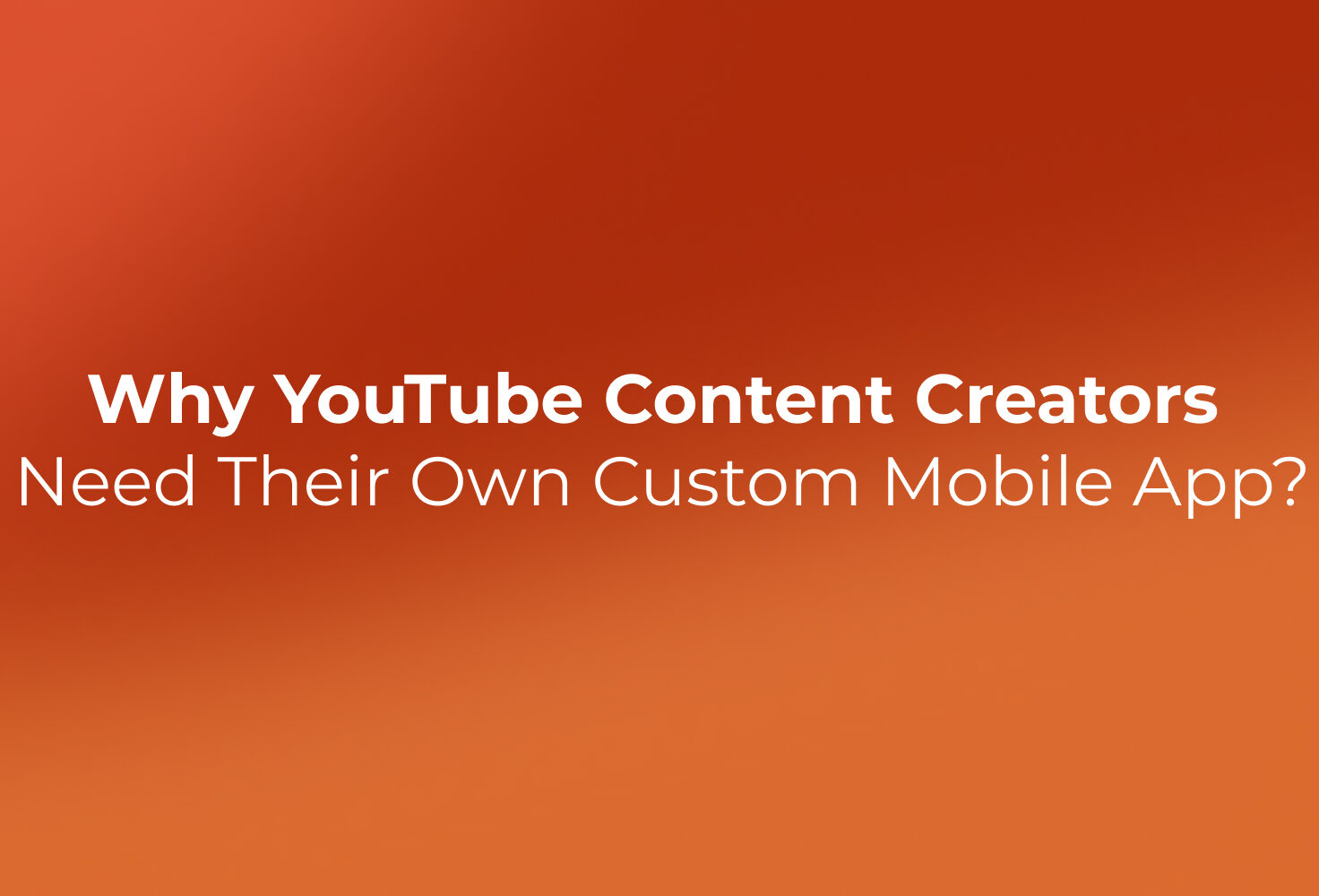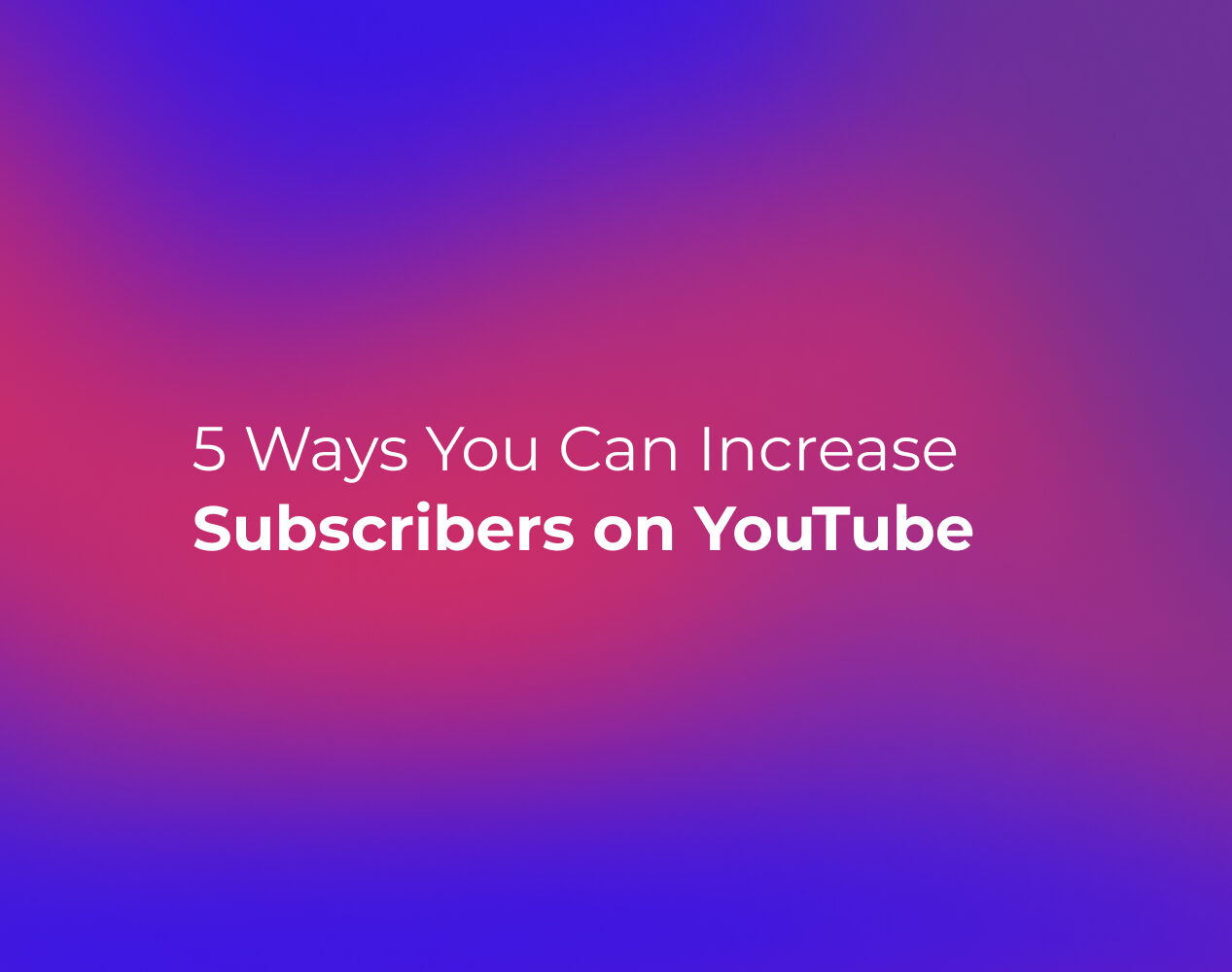Your online community isn’t just a space for conversation. It’s an extension of your identity, your values, voice, and vibe. Whether you’re a creator or a company, branding your online community shapes how people connect with your work and with each other.
A strong brand doesn’t just make your community more memorable. It makes it magnetic. It builds emotional connection, helps your members feel like they belong, and sets the tone for growth, loyalty, and collaboration.
In this article, we’ll walk through the key elements of effective community branding, highlight real-world community branding examples, and show you how to create a space that feels like home to the people you want to serve.
Why Community Branding Matters for Creators and Businesses
Whether you’re building a fan base, a customer hub, or a creator-led movement, the way your community feels is just as important as what it offers. A strong brand helps people understand what they’re part of and why they should stay engaged.
Branding your online community isn’t about colors and fonts. It’s about creating a sense of belonging. It’s the reason someone chooses your membership over a competitor’s, why they keep coming back, and why they invite others in.
Here’s what a strong community brand can help you do:
- Build instant trust and recognition
- Attract your ideal members and target audience
- Strengthen community engagement
- Increase retention and customer loyalty
- Open doors to strategic partnerships and sponsorships
It also lays the foundation for building a strong brand community that lasts beyond the content.
Key Elements of a Cohesive Community Brand
A well-branded community doesn’t happen by accident. It’s built with intention and shaped through experience. From the way you welcome new members to the tone you use in comments, every detail communicates what your space is about.
Let’s break down the five key elements of an effective community brand.
Consistency in Messaging
Your brand voice is what tells members, “this is where you belong.” Whether it’s playful, professional, bold, or supportive, your tone should match your mission and stay consistent across every channel.
- Is your language casual or formal?
- Do you use emojis and GIFs or keep it minimal?
- Are you educating, empowering, entertaining, or all three?
The goal is to build trust through familiarity. People feel safer and more connected when they know what to expect.
Pro tip: carry your messaging style into welcome emails, onboarding flows, community rules, and even support replies. That consistency creates a strong community identity.
Leveraging Local Culture and History
Even digital communities benefit from real-world context. Tapping into cultural markers, especially if your audience is region-specific, adds relevance and emotional depth.
Whether it’s using slang your members relate to, referencing local movements, or celebrating holidays that matter to them, these touches make your space feel more human.
For example, Detroit Hustles Harder used community branding rooted in place and purpose to grow from a local brand into a digital movement.
Engaging Community Members
Your community isn’t a billboard. It’s a living space shaped by interaction. To make members feel part of something real, they need to be involved.
- Ask questions
- Run polls and AMAs
- Celebrate wins and shoutouts
- Invite feedback and co-creation
The more you listen and respond, the more ownership your members feel. That’s where you move from audience to online brand community, and that’s where retention lives.
Looking for ideas to deepen the connection? Here’s how creators use memberships to create exclusive spaces for loyal supporters.
Strategic Partnerships
Partnering with aligned brands, creators, or organizations can strengthen your community brand and add value for your members. But it has to feel like a fit.
Ask:
- Does this partner speak to my target audience?
- Do they share our values or tone?
- Will this collab add something meaningful to the experience?
Done right, partnerships increase reach without compromising identity. They can also boost credibility and lead to joint offerings that grow your impact.
Ongoing Evaluation and Adaptation
Communities evolve, and your brand should too. That doesn’t mean chasing trends. It means paying attention to how your members are showing up, what they respond to, and what they’re asking for.
Create a feedback loop. Ask for input. Measure engagement. Use data from polls, email clicks, and platform insights to stay responsive without losing your core identity.
Adaptation shows you’re listening. And nothing builds emotional connection faster than that.
Real-World Examples of Branded Communities
A strong community brand is more than design. It’s felt in the energy of the space, the tone of the content, and how the members show up. These community branding examples highlight how companies and creators build belonging at scale.
Glossier’s Beauty Community: Clean, Inclusive, and Conversational
Glossier built its brand not just on product, but on participation. Their online brand community feels like a group chat between friends, not a company feed. It’s clean, inclusive, and rooted in real feedback from real users.
- Members are encouraged to co-create through comments, surveys, and product reviews
- Brand voice is casual and affirming, creating a space of trust
- Loyalty is built through shared values, not just marketing tactics
This is a perfect example of a strong brand community that lives where its customers already are, including across email, social, and their own platform.
LEGO Ideas: Co-Creation with a Structured Voice
LEGO’s brand community is centered around creativity. Through the LEGO Ideas platform, fans submit their own set designs, vote on others, and influence what gets made next.
- Clear submission guidelines and a transparent voting system maintain structure
- The community voice is playful but focused
- Fans become collaborators, not just buyers
This level of community engagement turns passion into participation. It also reinforces customer loyalty by rewarding creativity with recognition.
Peloton: High-Energy, Fitness-Driven Content Ecosystem
Peloton’s community thrives on energy. From their instructors to their leaderboard, everything is built to make members feel connected, motivated, and part of something bigger.
- Branded hashtags help segment the community into smaller tribes
- Instructors use consistent, empowering messaging to keep members involved
- The shared experience of live classes creates an emotional connection
Peloton shows how a digital product can power a strong community that feels real, urgent, and alive.
Detroit Hustles Harder: Localized Culture Driving Digital Movement
This brand started as a message on a T-shirt. Now, it’s a full community hub, both online and on the ground.
- Local culture and pride are the foundation
- Social content focuses on people, not products
- The tone is raw, gritty, and purpose-driven
By aligning brand with community identity, Detroit Hustles Harder built a successful brand community that expands with integrity.
Challenges in Community Branding
Even the most thoughtful brand strategy can face friction once your community is live. Growth brings complexity, and audience needs can shift fast. Branding isn’t just about launch, it’s about staying grounded as your space evolves.
Let’s look at the most common challenges.
Maintaining Authenticity as You Grow
It’s easy to start with a personal touch when your community is small. But as you scale, it can be tempting to lean into automation, pre-scheduled posts, and templated replies.
That’s where brand dilution creeps in.
Your community members joined for a reason. Keep giving them the human experience they came for. This could mean showing up in comments, sharing behind-the-scenes content, or even involving members in decision-making through surveys or calls.
Remember, loyal customers don’t just buy, they feel seen.
Avoiding Over-Moderation or Brand Dilution
Too many rules can kill a conversation. Too few can make the space feel chaotic. The challenge is setting clear guidelines without turning your online brand community into a content graveyard.
A strong community doesn’t need heavy policing. It needs clear expectations and moderators who lead with tone, not just authority.
Tip: Write community guidelines that reflect your voice. Not just what’s allowed, but what’s encouraged.
Adapting to Member Feedback Without Losing Identity
Feedback is gold. But not every suggestion belongs in your brand.
Create a clear process for gathering and evaluating ideas. Look for patterns, not just loud voices. Ask yourself:
- Does this align with our values?
- Will this improve the experience for most members?
- Can we deliver this with consistency?
The best brand communities evolve while still staying true to what made them work in the first place.
Building a Digital Space That Feels Like Home with Community Branding
At the heart of every thriving online space is something deeper than content, campaigns, or clever design. It’s a feeling. A sense that you’re in the right place. That you’re surrounded by people who get it. That’s what community branding is really about.
Creating that feeling starts with clarity. Know who you’re serving. Know what you stand for. Know what kind of space you want to build. Then reflect that in every touchpoint. From your welcome message to your visuals to your tone and culture, it should all feel aligned.
A strong brand community is not about polish. It’s about presence. When people feel that they belong, they stay. They engage. They share. They become advocates.
Whether you’re building your first Discord server, launching a private membership group, or scaling a full digital ecosystem, brand your community like it matters. Because to the right people, it absolutely will. And when you’re ready to bring that vision to life, FanHero provides the tools to build, manage, and monetize a branded community space that truly feels like home.


